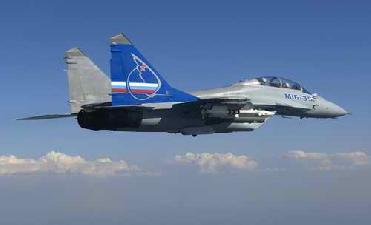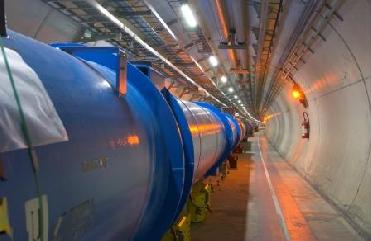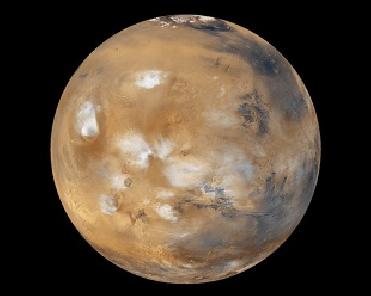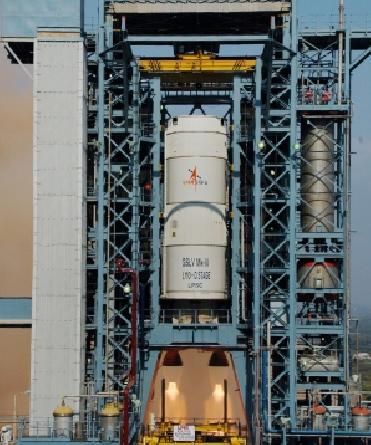
The CoRoT satellite has discovered a planet only twice as large as the Earth orbiting a star slightly smaller than the Sun. Image from University of Exeter
PARIS (BNS): European satellite COROT detected a small terrestrial planet COROT-Exo-7b outside the Solar System. According to the astronomers, the new planet is less than twice the size of the Earth and orbits a Sun-like star. Its temperature is so high that it is possibly covered in lava or water vapours.
About 330 exoplanets have been discovered so far, most of which are gas giants with characteristics similar to Jupiter and Neptune.
The new planet, COROT-Exo-7b, is different: its diameter is less than twice that of Earth and it orbits its star once every 20 hours. It is located very close to its parent star, and has a high temperature, between 1000 and 1500*C.
Astronomers detected the new planet as it transited its parent star, dimming the light from the star as it passed in front of it.
“The density of the planet is still under investigation: it may be rocky like Earth and covered in liquid lava. It may also belong to a class of planets that are thought to be made up of water and rock in almost equal amounts. Given the high temperatures measured, the planet would be a very hot and humid place,” the astronomers said.
Daniel Rouan, researcher at the Observatoire de Paris Lesia, who coordinates the project with Alain Leger, from Institut d'Astrophysique Spatiale (Paris, France), said that the new find a small planet was not a complete surprise. “COROT-Exo-7b belongs to a class of objects whose existence had been predicted for some time. COROT (planetary convection, rotation and transits) was designed precisely in the hope of discovering some of these objects,” Rouan added.
Malcolm Fridlund, ESA's COROT Project Scientist said that the new discovery was a very important step on the road to understanding the formation and evolution of the planet. “For the first time, we have unambiguously detected a planet that is 'rocky' in the same sense as our own Earth. We now have to understand this object further to put it into context, and continue our search for smaller, more Earth-like objects with COROT,” Fridlund said.
Researchers say that very few exoplanets discovered so far have a mass comparable to Earth's and other terrestrial planets: Venus, Mars, and Mercury. This is because terrestrial planets are extremely difficult to detect. Most of the methods used so far are indirect and sensitive to the mass of the planet, while COROT can directly measure the size of its surface, which is an advantage. In addition, its location in space allows for longer periods of uninterrupted observation than from ground, they said.
This discovery is significant because recent measurements have indicated the existence of planets of small masses but their size remained undetermined until now.
Scientists say that the internal structure of COROT-exo-7b puzzles them as they are not sure whether it is an 'ocean planet', a kind of planet whose existence has never been proved so far. In theory, such planets would initially be covered partially in ice and they would later drift towards their star, with the ice melting to cover it in liquid, they added.
 Previous Article
Previous Article












The Indian Air Force, in its flight trials evaluation report submitted before the Defence Ministry l..
view articleAn insight into the Medium Multi-Role Combat Aircraft competition...
view articleSky enthusiasts can now spot the International Space Station (ISS) commanded by Indian-American astr..
view article